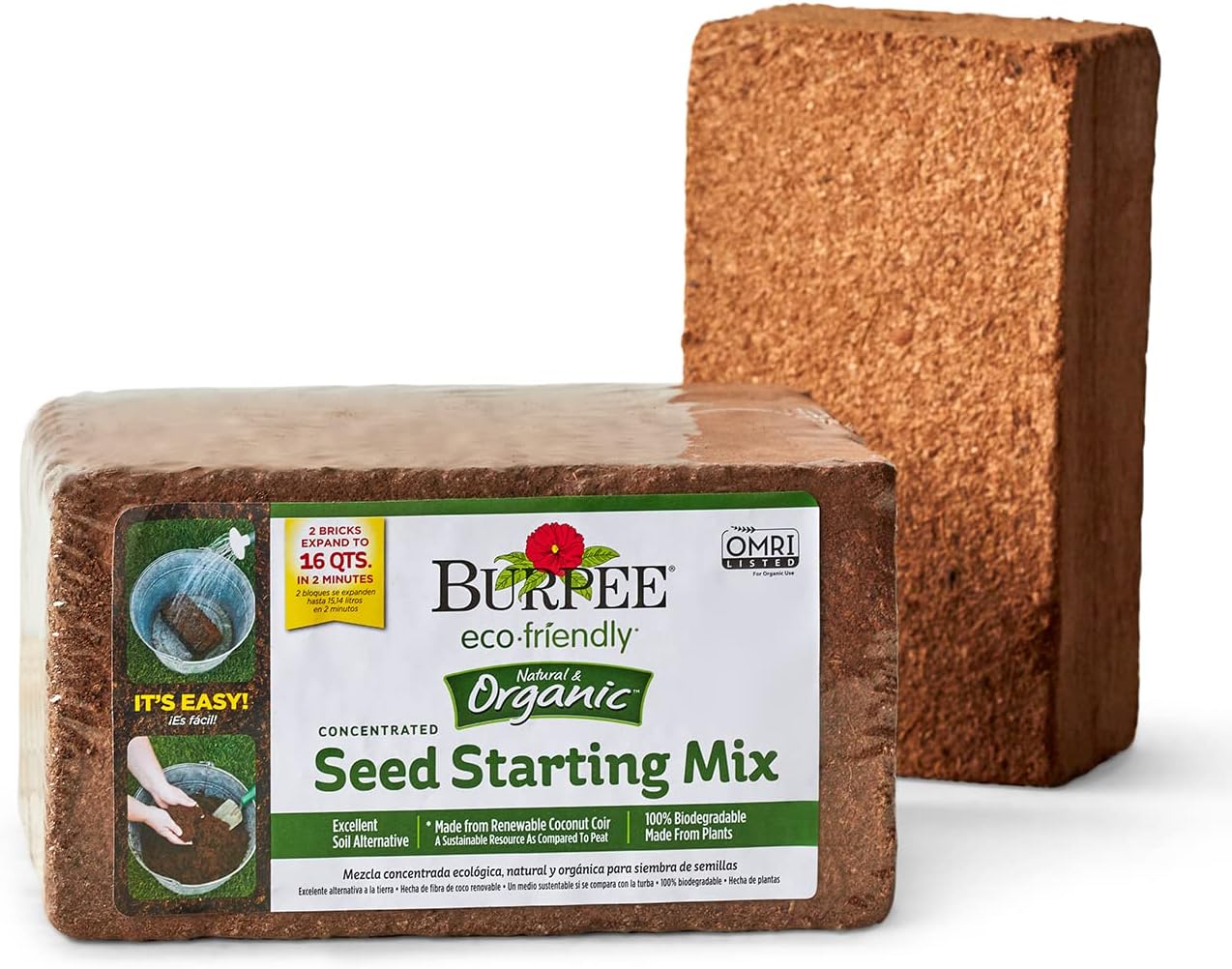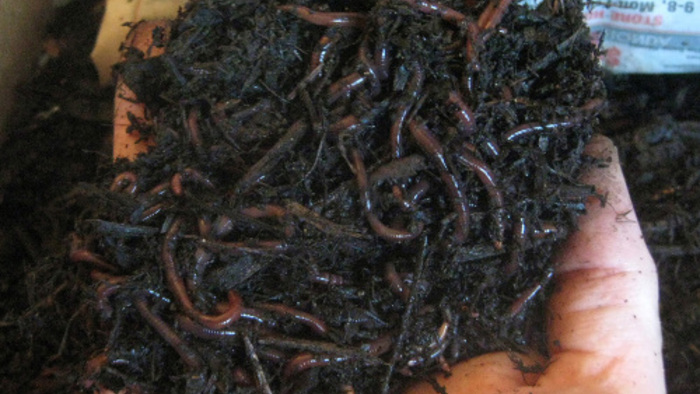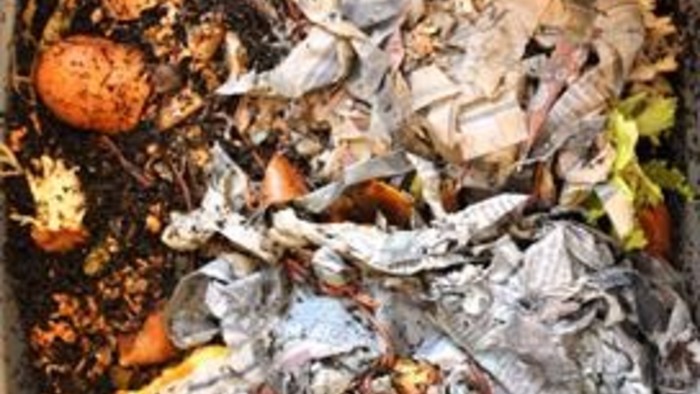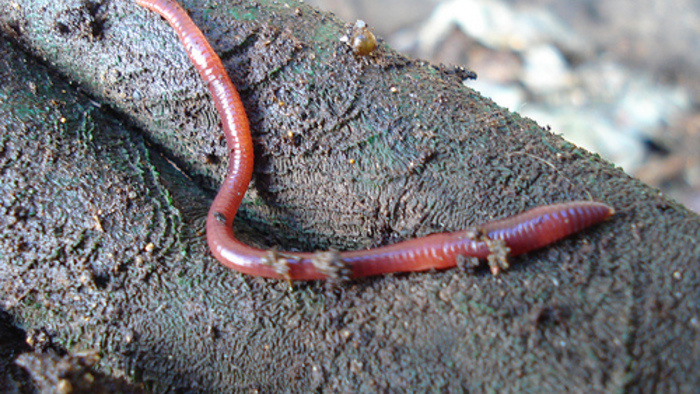
Many of us have worm bins that create some mighty fine vermicompost for our gardens. I know that we’ve done so for years and are thankful for all of our red wiggler friends. Which reminds me that I’ve been meaning to ask you something.
Have you ever wondered how worms do the wild thing (is it just me)? I’m going to take the chance that you, too, lie in bed at night, staring at the ceiling and wondering “How do worms make babies?”
We’re just gonna dive in here.
It Takes All Kinds of Kinds
Worms are master reproducers and part of their success (and I suspect master plan) is due to the fact that they are hermaphrodites. This means that every worm carries both male and female reproductive parts. In other words, they all have eggs as well as sperm.
This is already interesting, am I right?
Just so we’re clear, individual worm species have their own style of baby-worm-making and this is a discussion about red wiggler breeding. Although they have all of the necessary equipment, they still don’t go it alone. That’s right. It turns out that the all-encompassing worms enjoy having an enthusiastic partner as much as the next species.
If get very close to the body of a redworm, you’ll see a wide band about a third of the way down the body from the head. This is sometimes called a saddle or a band, but the scientific word is clitellum. If you can see a clitellum, this indicates that the worm is a mature adult and is capable of breeding and making baby worms. Pretty simple so far, but if you want to be sure that you’re looking at a grown up, you have to have decent eyesight.
Most redworms reach mature breeding age at about 10 weeks, although it’s possible for them to get there at 8 weeks. They’re now capable of producing 2 or 3 cocoons a week for 6 to 12 months, meaning that a single breeding worm can easily produce nearly 100 baby worms in 6 months. As I take that last sentence in, I’m almost ashamed that I ever complained about my brood.
Love Potion #9
When worms reach breeding age, they emit glandular secretions that attract a mate. When two redworms find each other and fall in worm-love (awwwww) they wiggle very close together with their heads and tails in opposite directions. (You saw that coming, right?)
The saddles then secrete a mucus that covers each worm. (I know, I know…just try to stay with me here.) While they are covered with slimy stuff, each worm accepts sperm from the other into their receiving pouch. (I didn’t think it could get worse, either.) The sperm is held in the storage sacs until after the worms go their separate ways. Then the clitellum releases another substance that hardens and covers the outside of the band, which forms a cocoon.
At this point, the worm backs out of its saddle while depositing into the band its own eggs and the stored sperm from its mate. The eggs become fertilized, and the band seals itself off at both ends after the worm has slid out. The separate clitellum is now called an egg case, egg sac, or cocoon.
You Must Have Been a Beautiful Baby
Cocoons are lemon-shaped and roughly the size of a grain of rice. Eggs start out white, change to yellow, and then to light brown. When the tiny worms reach hatching age, the egg takes on a reddish cast.
Each cocoon can contain as many as 10 fertilized eggs inside it, from which one to three babies will emerge. Hatching begins after three weeks or more. When the infant worms first hatch, they’re translucent white or pinkish and 1/2 to 1 inch long.
Huh. Fascinating or what? I know that I won’t be lying awake anymore…wondering.
Are you still here?
Fine Gardening Recommended Products

Flat Soaker Hose 75 150 FT for Garden Beds
Fine Gardening receives a commission for items purchased through links on this site, including Amazon Associates and other affiliate advertising programs.

Burpee Organic Coconut Coir Concentrated Seed Starting Mix, 16 Quart
Fine Gardening receives a commission for items purchased through links on this site, including Amazon Associates and other affiliate advertising programs.

A.M. Leonard Deluxe Soil Knife & Leather Sheath Combo
Fine Gardening receives a commission for items purchased through links on this site, including Amazon Associates and other affiliate advertising programs.



















Comments
Log in or create an account to post a comment.
Sign up Log in